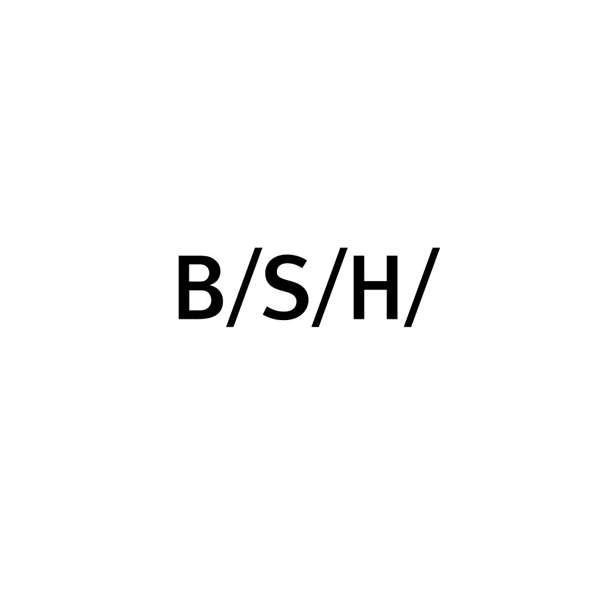
Smart Living of the Future
Abstract
Digital technologies are constantly pushing us towards an ever more connected world and have a significant impact on our daily private and business lives. Smart Living devices and services have introduced a whole new universe of individual interaction and customisation to our homes, while data privacy concerns still limit the consumer adoption of promising appliances and applications. How will we live in the future and spend time at home? Which activities will we pursue at home, and which not? How will environmental changes influence our habits in our everyday lives? What will be the long-lasting effects of Covid-19, remote work, and changing family models? Which drivers will particularly impact our living spaces in the future? Who will use and own the data? In a nutshell: What will the future of Smart Living look like in 2041, twenty years from today?
TRENDS
Degree of Owned Consumer Product: Will people in 2041 continue to own most of the products they use in their daily lives, or will they prefer to rent or share them flexibly? The share of privately held consumer products by individuals depends on many factors such as the cultural values of a society and existing business models on the market. While the “high ownership” scenario represents the status quo to a large extent, the “low ownership” scenario is an emerging and thus a more complex one. Low ownership not only implies sharing products but can also entail using products via a subscription model, depending on the type of product, the use case, or the frequency of usage. Finally, both scenarios have very different implications for the sustainable production and consumption of consumer products.
Interoperability of Devices and Ecosystems: Interoperability between ecosystems refers to the connectivity of devices from different brands that interact with each other using shared resources and interfaces. Regardless of the regulations concerning data exchange between organizations, a company’s choice to share its data, and access to its platform is the basic requirement to connect ecosystems from different providers. This could have a big impact on the Smart Living Industry as the core functionality of Smart Living is for various devices to be connected and provide personalized assistance. Since connectivity plays such a significant role, the extent of interoperability would affect the research and development of smart living technologies. More extensive interoperability will widen the scope for development, whereas limited interoperability could dampen the speed of development.
Garden of Eden: Most consumer products are not owned anymore, they are rather exchanged through sharing platforms or subscribed to as a Product-as-a-service. Device manufacturers put high emphasis on perfect integration within their own ecosystem but do not facilitate any interoperability with third-party devices.
On-Demand Convenience: Widespread adoption of technology standards enables interoperability of devices from competitors. To increase utilization, current legislation has enabled sharing and subscription as the predominant form of device usage.
My HomeOS: Sharing models have not become a widespread success: people value individuality and ownership of their consumer products. As a result of open standards, these devices from various manufacturers are able to communicate with each other in one streamlined ecosystem.
Smart Home Islands: The widespread adoption of privately owned IoT devices with a lack of common standards leads to a fragmented IoT environment at home while device manufacturers focus on interoperability within their own ecosystem instead of facilitating the integration of other firms.
Business models
1. MOKI - Simply the kitchen you desire
2. Spyne - The smart chair that takes care of your back
3. Trashly.ai - We empower you to your way to sustainability
4. Cooklings - Combining an engaged culinary community with a simple voice-based recipe creator
5. HelpingHand - Automating food assembly and distribution



